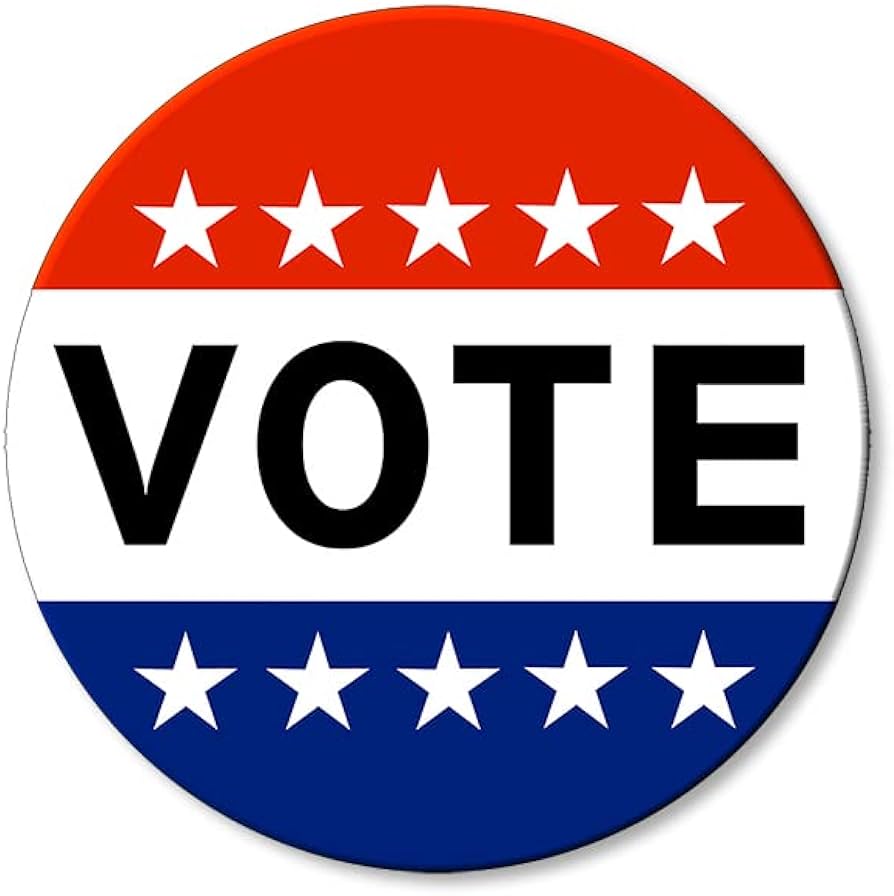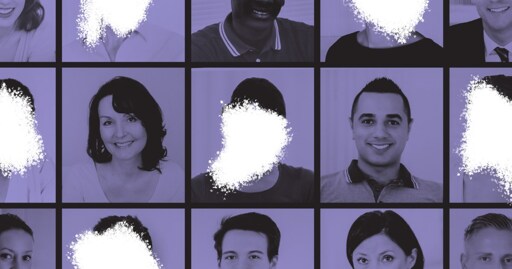- cross-posted to:
- [email protected]
- cross-posted to:
- [email protected]
[D]uring Donald Trump’s first term, Michael remembers a meeting when a seasonal worker came out as transgender and asked the staff to use he/him pronouns. “His voice was cracking, his hands were shaking,” Michael still recalls. It reminded him of his own early days on the job. “I thought, There needs to be a group for community and support. I need to do this.”
So Michael started working with other queer people in his agency to form a monthly group for LGBTQ employees and anyone else who wanted to join. They organized Pride Month events, surveyed members on barriers they were facing in their jobs, and problem-solved with management, like helping get an employee’s official nametag changed when they came out as transgender.
Hundreds of organizations like Michael’s exist throughout the federal government—not just for LGBTQ workers, but also for veterans, Black and Hispanic workers, people with disabilities, and others who share a connection around a fundamental part of their identity. Known as “employee resource groups,” they’ve long been officially recognized and approved by federal agencies; the first federal Pride employee resource group, at the Smithsonian, was founded in 1988, at the height of the AIDS epidemic. During Trump’s first term, leadership urged employees to join them. “Employee Organizations can serve as sounding boards around strategic diversity and inclusion matters,” reads an April 2017 Interior Department bulletin, “and provide a support system that offers employees a sense of community, camaraderie, and connection to the organization.”
But since returning to power, Trump and his allies have cast these same groups as subversive and even illegal, an example of “radical” and “discriminatory” programs promoting diversity, equality, and inclusiveness. On February 5, the Office of Personnel Management—essentially the executive branch’s HR department—issued a memorandum telling agencies to “prohibit” employee resource groups that promote “unlawful DEIA initiatives” or “employee retention agendas based on protected characteristics.”


